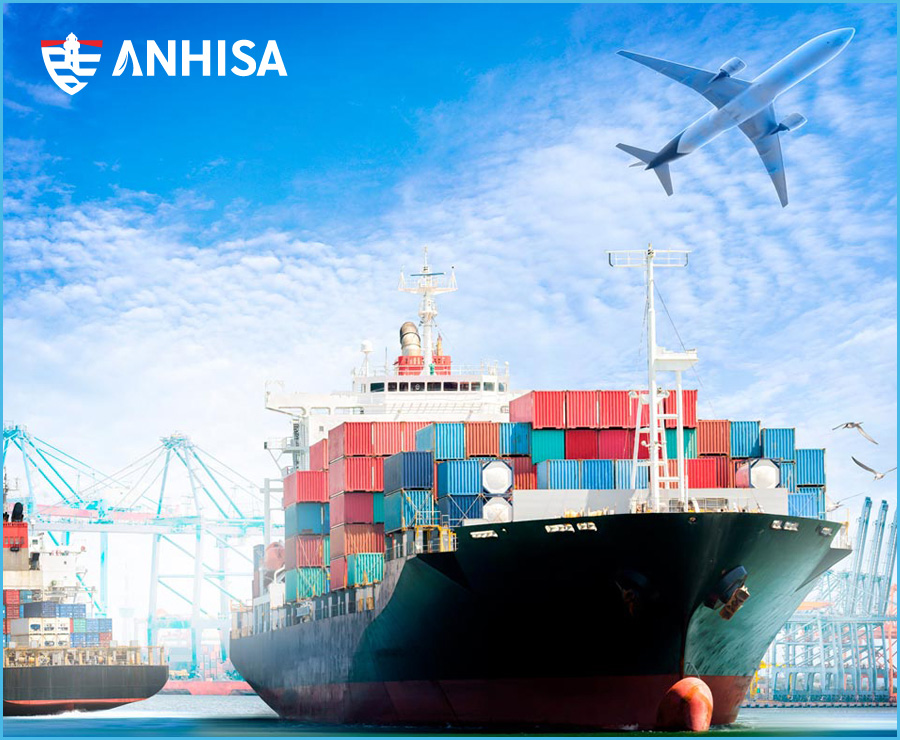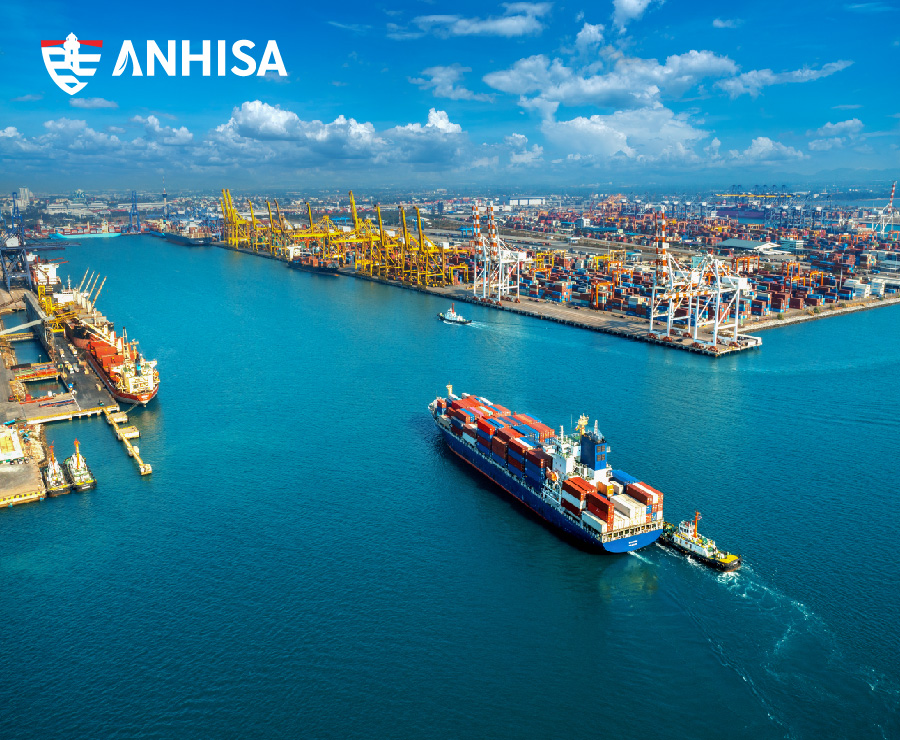
Charter parties, the legal contracts for chartering vessels, are the backbone of international shipping. They define the rights and obligations of shipowners and charterers, ensuring smooth operations on voyages. Whether it’s a time charter or a voyage charter, these agreements play a crucial role in facilitating global trade for carriers.

A charter party is not just any document; it serves a specific purpose in the context of chartering. Its clauses, articles, and provisions outline the terms that govern the relationship between parties involved in maritime commerce, typically in a contract. Shipowners carefully craft these agreements, known as charterparties, to protect their interests while meeting the needs of charterers who engage their services as carriers.
Understanding charter parties is essential for anyone venturing into international shipping. From specifying the duration of the charter period to determining responsibilities during loading and unloading, every detail matters in chartering. So let’s dive into this intricate world of maritime contracts and explore how they shape our interconnected global economy, specifically in relation to carrier and specific cargo.
A ship chartering, or time charter, involves leasing a vessel from a ship owner for a specific period. This type of charter party allows the charterer, or carrier, to have exclusive use and control over the vessel during the agreed-upon timeframe. It provides flexibility as the charterer can determine the ports of call and cargo carried.
Voyage charters in ship chartering involve hiring a vessel for a single journey. Unlike time charters, which focus on an extended period, voyage charters are specific to one trip. The charterer pays the ship owner for transporting goods from one port to another without long-term possession or control over the carrier.
Bareboat charters involve ship chartering by leasing a vessel without crew or provisions. In this type of arrangement, the charterer assumes complete responsibility for operating and maintaining the ship during the agreed charter party duration. The shipowner transfers possession and control to the charterer, who becomes the carrier responsible for all aspects of navigation, crewing, and provisioning.
These main types of charter parties, including time charters, voyage charters, and bareboat charters, offer different options depending on the specific needs and requirements of the charterparty, carrier, ship owner, or shipowner. Time charters provide flexibility and extended use, voyage charters focus on individual trips, while bareboat charters grant full control to the lessee. By understanding these various types, individuals and businesses can choose which option best suits their particular circumstances.
Charter party agreements, also known as charterparty agreements, are legally binding documents that are negotiated between shipowners and charterers. These agreements specify important terms such as freight rates, laytime, demurrage, and more. Here’s a brief overview of charterparty agreements and how they form an essential part of container shipping.
Charter party agreements play a crucial role in the shipping industry by providing clarity and protection for all parties involved. They ensure that both shipowners and charterers understand their rights and obligations throughout the duration of the charter. Whether it’s a slot charter (a partial space booking) or a demise charter (complete transfer of vessel control), these agreements establish clear guidelines for smooth operations.
Charter parties play a vital role in facilitating global trade, ensuring the efficient transportation of goods by sea. These agreements establish clear responsibilities and liabilities for both shipowners and charterers, promoting smooth operations and minimizing disputes. Let’s explore why charter parties are crucial in international trade.
A bill of lading issued under charter party terms serves as a crucial document for shipowners in the shipping industry. It provides evidence of cargo receipt and condition, making it essential for transferability and financing.
Charter parties and bills of lading are integral components within the shipping industry. They ensure smooth operations, protect stakeholders’ interests, and provide necessary documentation for various purposes.
Ship speed plays a crucial role in determining fuel consumption within time charter agreements. The rate at which a vessel travels directly impacts the amount of fuel it consumes during its journey. Here are some key points to consider:
By considering these factors, charter parties can make informed decisions regarding ship speed and its effect on fuel consumption within time charter agreements. Achieving the right balance between cost reduction and voyage duration is essential for maximizing profitability while maintaining operational efficiency.

Laytime, a crucial aspect of charter parties for ship owners, refers to the time allowed for loading/unloading cargo. It determines the financial implications for both ship owners and other parties involved. Exceeding the laytime incurs demurrage charges, resulting in additional costs for ship owners.
Key points to understand about laytime and total laytime:
By comprehending these concepts related to laytime and total laytime, ship owners and other parties involved in charter parties can effectively manage their operations while minimizing potential financial risks.
Remember: Promptly completing loading or unloading operations within the agreed-upon timeframe helps avoid unnecessary expenses and contributes to smoother logistics processes for all stakeholders involved in the ship charter, slot charter, voyage charter party, and charter party chain.
Voyage charters require the charterer to transport cargo from one port to another by ship. In these agreements, it is crucial for the charterer to ensure that the chosen ports for cargo operations meet certain safety requirements. Similarly, time charters impose an obligation on the charterer to nominate safe ports throughout the duration of the agreement.
The selection of a safe port is crucial for ships due to the potential risks involved. Safety concerns encompass navigational hazards, ship security measures, and infrastructure conditions. By considering these factors, charter parties can mitigate dangers and ensure smooth ship operations.
Here are some key points regarding safe port requirements for ships in both voyage and time charters.
Charter parties are critical legal instruments in the maritime industry. They establish rights, obligations, and liabilities between parties involved in international shipping. Here are some key aspects to consider:
Charter parties play an instrumental role in facilitating international trade by ensuring the efficient transportation of goods across borders. As these agreements govern vital aspects of maritime operations, it is essential for all parties to familiarize themselves with their provisions. Understanding the intricacies of charter parties can help mitigate potential disputes while fostering mutually beneficial relationships within the global shipping community.
Legal professionals play a crucial role in resolving charter party disputes, which can be complex and challenging. These disputes often arise from breaches of the terms outlined in the charter party agreement. Arbitration is frequently employed as an alternative to court proceedings to settle such disagreements.
The involvement of legal professionals is essential due to the intricate nature of charter party disputes. Breaches of contract terms can lead to various issues, including financial costs, risks, and responsibilities for both parties involved. Here are some examples that highlight the complexities faced in this industry:
Arbitration is commonly utilized to settle these disputes outside of traditional court processes. This alternative dispute resolution practice offers several advantages:
At ANHISA, we have established ourselves as trusted lawyers and counsels for shipowners and charterers involved in charter party disputes. Our extensive experience in practical cases has allowed us to successfully advise and resolve complex situations, such as indemnification requests by shipowners due to early termination breaches.
We understand the importance of finding amicable solutions that benefit all parties involved. However, when negotiations fail, our team at ANHISA is well-equipped to guide shipowners through the arbitration process, ensuring their claims are properly represented.
Our expertise goes beyond shipping knowledge; we possess the technical know-how and strategic insights required to meet our clients’ expectations. With a strong foundation in shipping practice and a track record of working with international and local clients, we are committed to providing efficient, reliable, and personalized service for all your charter party disputes.
If you require assistance in resolving any charter party dispute, do not hesitate to reach out to us for a consultation. We are here to help.
FAQs
Q1: How can ANHISA assist with charter party disputes?
At ANHISA, we offer comprehensive legal counsel and guidance throughout the process of resolving charter party disputes. From negotiation strategies to arbitration representation, we ensure that our clients’ interests are protected.
Q2: What sets ANHISA apart from other law firms?
ANHISA’s unique advantage lies in our deep-rooted expertise in shipping practice combined with years of experience working with international and local clients. Our team possesses the technical knowledge and insights necessary to navigate complex charter party disputes effectively.
Q3: Can ANHISA help with both voyage and time charter disputes?
Yes, our expertise covers both voyage and time charter disputes. Regardless of the type of charter party involved, we have the knowledge and experience to provide tailored solutions for our clients.
Q4: How long does resolving a charter party dispute typically take?
The duration of resolving a charter party dispute can vary depending on the case’s complexity and the parties’ willingness to reach a settlement. At ANHISA, we strive to expedite the process while ensuring thorough representation for our clients.